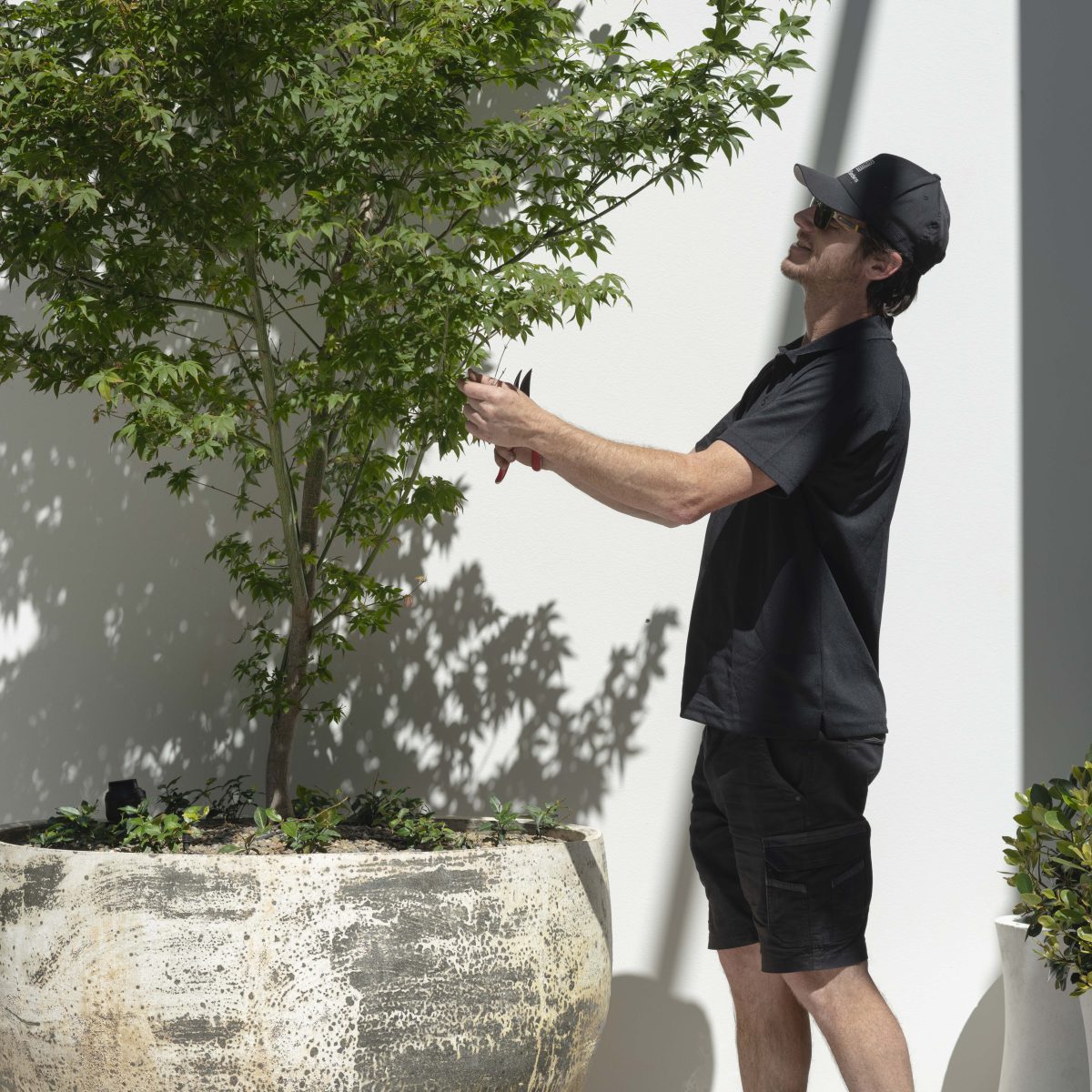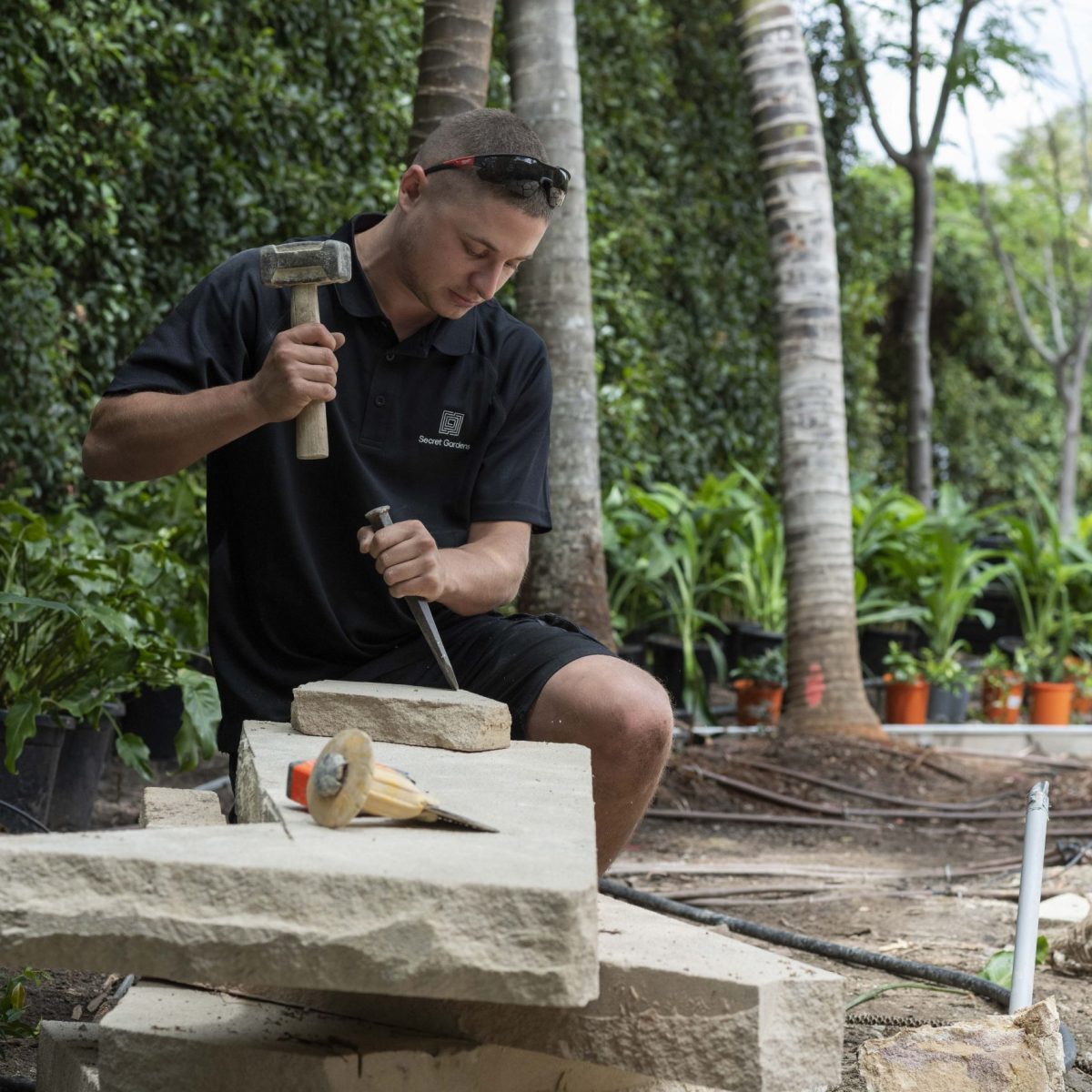Photos of gardens are made to look at. But gardens themselves are made for living in. And the key challenge for the garden photographer is capturing the distinctive feel of being in a particular garden. It’s not just about aesthetics. It’s about the mood.
Design manager at Secret Gardens, Henry Chapple-Cox, finds the rendering of his three-dimensional creations in a two-dimensional photograph a fascinating process. “Our key goal when photographing a garden is to provide a snapshot of how that space is used, and the feeling the client gets, whether that’s through recreation, leisure or sanctuary.
“And it’s not just about the plants we’ve put in. It’s also about context. What is the garden’s history? How does it link to its surroundings and the natural environment? What elements give it a sense of place – a natural rock face, a 30 year old gum tree? This is also a key element we try and capture.
More times than not, the man behind the camera is Nick Watt. An accomplished interiors photographer, Nick also trains his lens on the botanical world, striving to capture what it is about a garden that makes it unique.
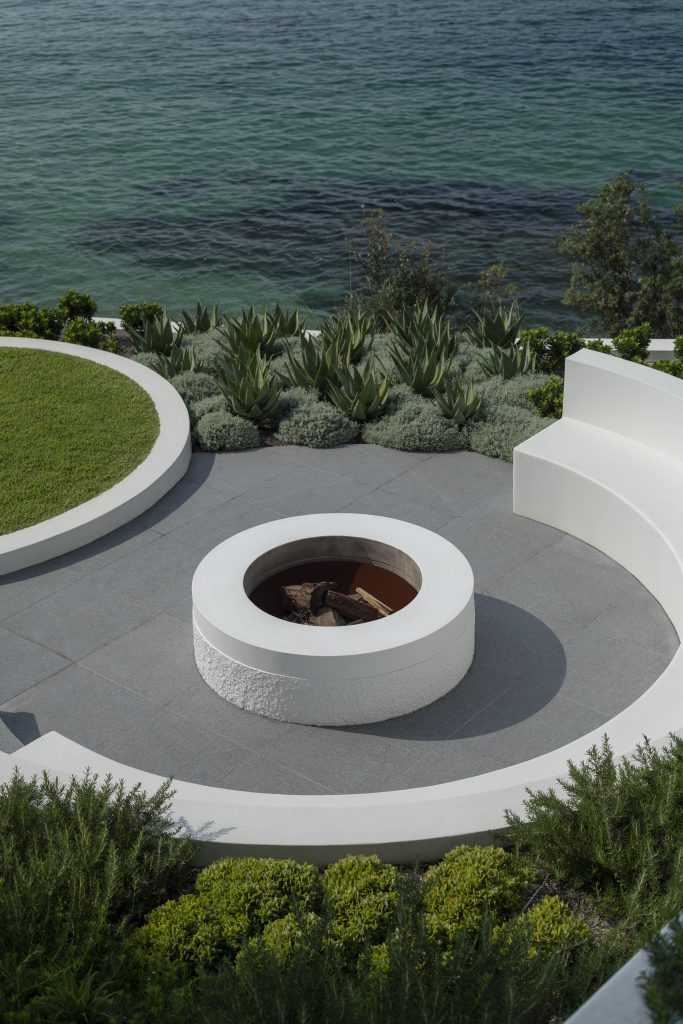
It helps, he says, that every design created by Henry and his colleagues is different. “There’s not a generic theme that dictates what a Secret Gardens garden is. They’re one-offs.”
There are, however, certain challenges peculiar to garden photography. When you shoot interiors, you have more control over the variables. “Gardens are unforgiving,” says Nick. “You can move a couch in an interior setting. You can’t move a tree.”
That said, he approaches gardens as outdoor rooms, with light and composition the two driving forces.
“Light is everything,” Nick says. “I’m always about finding the right part of the garden when the light is doing its thing. You’re talking about a palette, that being a garden, that has thousands of textures on it. Every leaf has a texture on it.”
Subtle shifts in light affect how well those textures and other details can be conveyed in the two-dimensional format of a photograph.
“I remember being at a garden with one of the designers,” continues Nick. “I said to him, ‘It’s finished.’ He said, ‘What do you mean?’ And now he looks, and he says, ‘Oh, I see what you mean.’
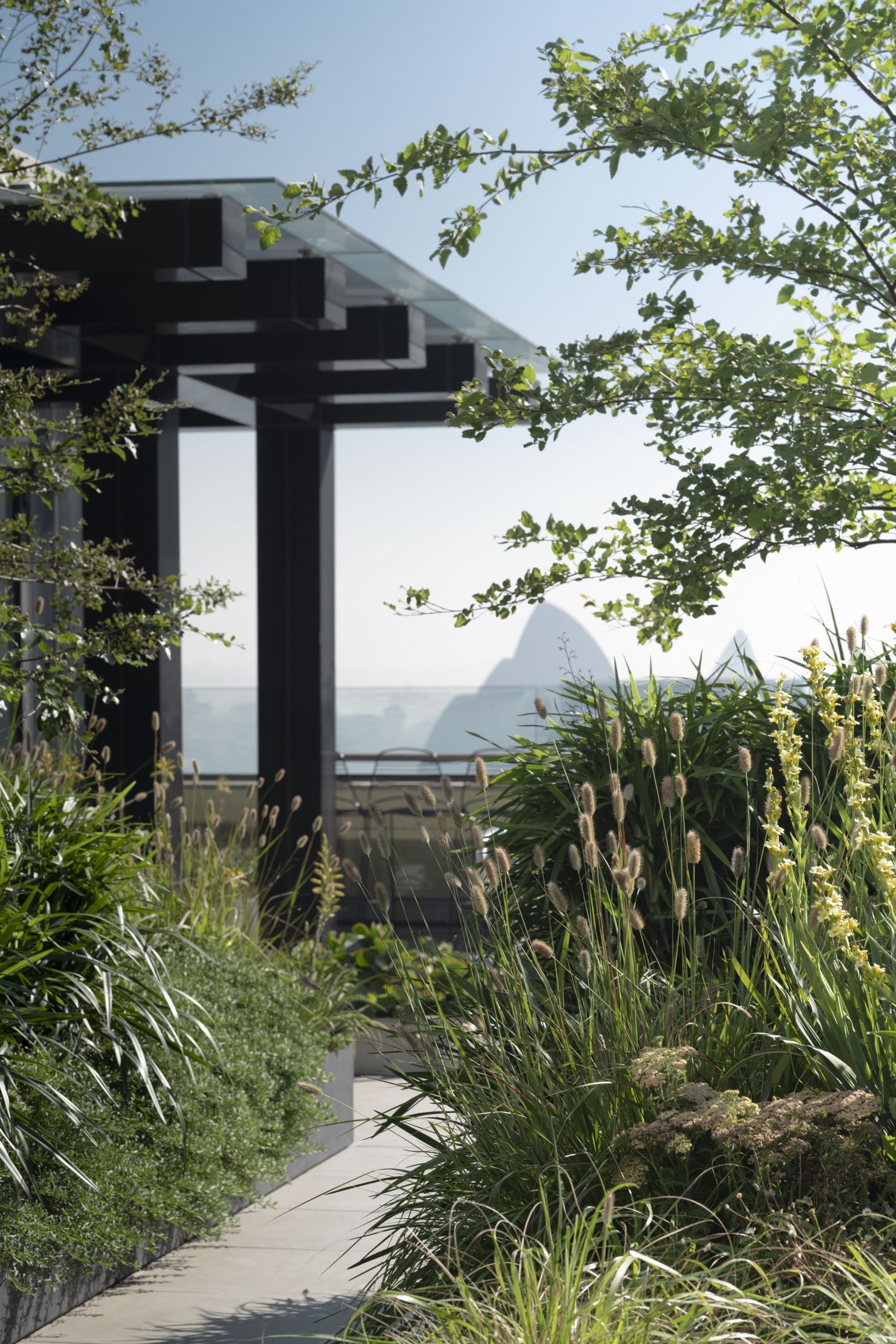
“Now, I know from experience that we might be able to return to that scenario later in the day when the light is different. It might still be conducive to taking a good photo. But it might not. That’s why you’ve got to work fast.”
In terms of composition, Nick says, “Vignettes are easy.” Trickier to nail are those broad-scale shots that give us a sense of how the garden relates to the house and its surrounds, and how the different zones of a garden connect.
“In a way, I’m trying to put virtual reality goggles on people and say, well, if you were here, standing next to me, this is what you’re going to see.”
What you see, of course, changes from season to season. There are the intense hues of autumn, the pared-back beauty of winter, and the rapid transformation of the spring and summer garden, with so much putting on leaf or coming into bloom.
“We don’t get the mass season changes that Europe does,” says Henry. “We don’t get widespread snow, for example. But obviously, different plants perform their best in different seasons. A snapshot in time can’t show everything in an ever-evolving garden.”
The skill of the garden photographer – and the design team – is timing the visit to capture the most plants at their best as possible.
Last but not least, a great garden image starts with the generosity of the garden owner in allowing their private sanctuary to be photographed in the first place.
“We’re very thankful to our clients who are willing to share their space with us,” says Henry. “It’s a garden they’re invested in, we feel a part of it, and to allow us to return and capture the mood of their garden, and show how it’s used, is very generous.”
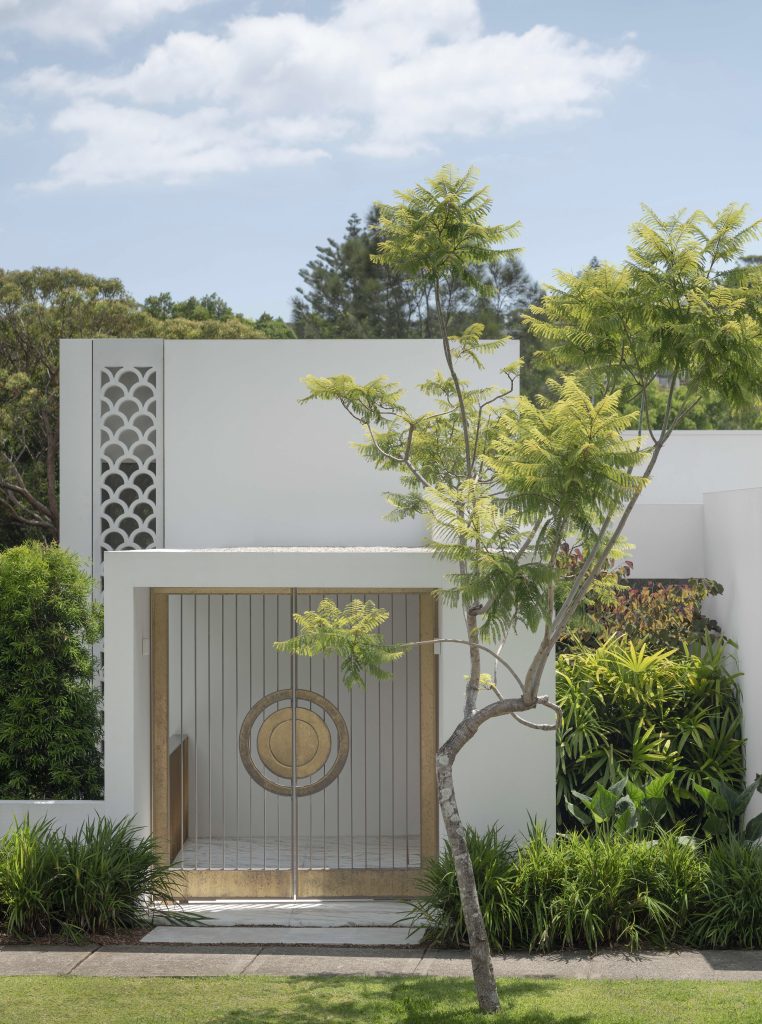
The art of garden photography
- Light is fleeting and mercurial. Pay close attention to how it shifts across an area, and act decisively. When it’s gone, it’s gone.
- Where are we? A sense of place and context is crucial. Embrace the details that anchor a garden in its setting. The huge tree in the middle of the garden. The city skyline visible in the distance. The coastal cliffs or ocean views.
- Certain elements are strongly suggestive of people using a garden. Use these to convey the garden’s unique vibe. Vacated chairs. The path disappearing round a bend. A gate ajar.
- Wind is not your friend. Apart from blurring details, it can bend tall plants and trees, and if these are captured on an angle, you end up with a strange Dr Seuss landscape. Choose your timing carefully.
